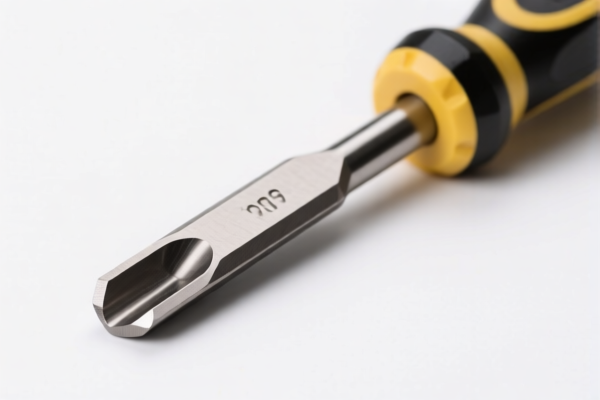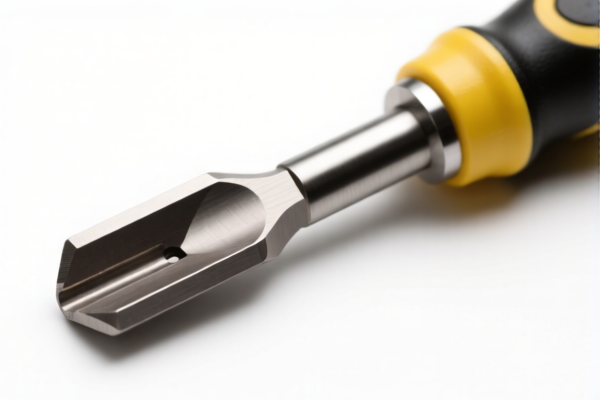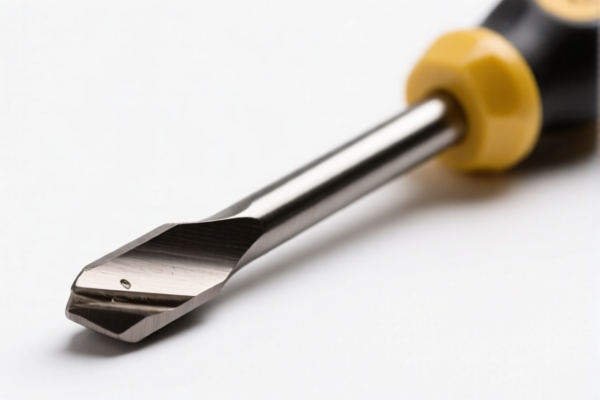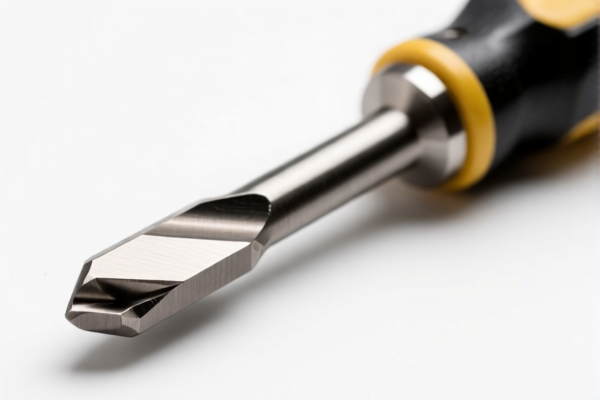| HS Code | Official Doc | Tariff Rate | Origin | Destination | Effective Date |
|---|---|---|---|---|---|
| 8203103000 | Doc | 30.0% | CN | US | 2025-05-12 |
| 8203106000 | Doc | 55.0% | CN | US | 2025-05-12 |
| 8205513060 | Doc | 58.7% | CN | US | 2025-05-12 |
| 8205595560 | Doc | 60.3% | CN | US | 2025-05-12 |
| 8206000000 | Doc | The rate of duty applicable to that article in the set subject t+30.0% | CN | US | 2025-05-12 |
| 8487900080 | Doc | 83.9% | CN | US | 2025-05-12 |
| 8487900040 | Doc | 58.9% | CN | US | 2025-05-12 |




Chamfering Tool
A chamfering tool is a cutting instrument used to create a beveled edge at the intersection of two surfaces. This process, known as chamfering, is employed for a variety of purposes, primarily to remove sharp edges, improve functionality, and enhance aesthetics.
Material
Chamfering tools are commonly manufactured from:
- High-Speed Steel (HSS): Suitable for general-purpose chamfering of softer materials like aluminum, mild steel, and plastics. Offers a good balance of hardness and toughness.
- Carbide: Used for machining harder materials such as stainless steel, cast iron, and high-strength alloys. Provides higher wear resistance and longer tool life.
- Diamond: Employed for extremely hard or abrasive materials and applications requiring very fine finishes.
- Ceramic: Used for specialized applications involving abrasive materials or high-temperature cutting.
Purpose & Function
The primary functions of a chamfering tool are:
- Deburring: Removing sharp edges or burrs left over from machining, casting, or other manufacturing processes.
- Edge Breaking: Reducing the sharpness of edges to improve safety and handling.
- Facilitating Assembly: Creating a lead-in angle to ease the insertion of parts during assembly.
- Improving Paint Adhesion: Providing a surface conducive to paint or coating adhesion.
- Enhancing Aesthetics: Creating a visually appealing beveled edge.
- Reducing Stress Concentration: Distributing stress more evenly along the edge, increasing part strength.
Usage Scenarios
Chamfering tools are used across numerous industries:
- Metalworking: Deburring and edge finishing of machined parts, gears, shafts, and housings.
- Woodworking: Creating decorative bevels on furniture, moldings, and other wood products.
- Plastic Manufacturing: Removing flash and burrs from molded plastic parts.
- Aerospace: Chamfering edges on aircraft components for safety and assembly.
- Automotive: Deburring and edge finishing of engine parts, chassis components, and body panels.
- Electronics: Preparing edges of printed circuit boards and electronic enclosures.
Common Types
Several types of chamfering tools are available, each suited for specific applications:
- Manual Chamfering Tools:
- Hand Deburring Tools: Simple tools for removing small burrs and sharp edges.
- Chamfering Knives: Used for creating precise chamfers on softer materials.
- Files: Versatile tools for creating chamfers and deburring.
- Powered Chamfering Tools:
- Rotary Chamfering Tools: Utilize a rotating cutting head to create chamfers quickly and efficiently. Often used with power drills or milling machines.
- Pneumatic Chamfering Tools: Powered by compressed air, offering high speed and precision.
- CNC Chamfering Machines: Computer-controlled machines for creating complex chamfers with high accuracy and repeatability.
- Specific Design Tools:
- V-Chamfering Tools: Create a specific V-shaped chamfer.
- U-Chamfering Tools: Create a U-shaped chamfer, often used for pipe ends.
- Back Chamfering Tools: Used to chamfer the inside of holes.
Chamfering tools fall under several potential classifications depending on their specific characteristics and use. Here's a breakdown of relevant HS codes based on the provided information:
- 8203103000: Files, rasps, pliers (including cutting pliers), pincers, tweezers, metal cutting shears, pipe cutters, bolt cutters, perforating punches and similar handtools, and base metal parts thereof: Files, rasps and similar tools: Not over 11 cm in length. This code applies if the chamfering tool is a small file or rasp used for deburring or creating a chamfer, and its length is 11 cm or less. The total tax rate is 30.0% (0.0% basic tariff + 30.0% additional tariff effective after April 2, 2025).
- 8203106000: Files, rasps, pliers (including cutting pliers), pincers, tweezers, metal cutting shears, pipe cutters, bolt cutters, perforating punches and similar handtools, and base metal parts thereof: Files, rasps and similar tools: Over 11 cm but not over 17 cm in length. If the chamfering tool is a file or rasp between 11 cm and 17 cm in length, this HS code is applicable. The total tax rate is 55.0% (0.0% basic tariff + 25.0% additional tariff + 30.0% additional tariff effective after April 2, 2025).
- 8205513060: Handtools (including glass cutters) not elsewhere specified or included; blow torches and similar self-contained torches; vises, clamps and the like, other than accessories for and parts of machine tools or water-jet cutting machines; anvils; portable forges; hand- or pedal-operated grinding wheels with frameworks; base metal parts thereof: Other handtools (including glass cutters) and parts thereof: Household tools, and parts thereof: Of iron or steel: Other (including parts). This code could apply if the chamfering tool is considered a household tool made of iron or steel, and is not specifically classified elsewhere. The total tax rate is 58.7% (3.7% basic tariff + 25.0% additional tariff + 30.0% additional tariff effective after April 2, 2025).
- 8205595560: Handtools (including glass cutters) not elsewhere specified or included; blow torches and similar self-contained torches; vises, clamps and the like, other than accessories for and parts of machine tools or water-jet cutting machines; anvils; portable forges; hand- or pedal-operated grinding wheels with frameworks; base metal parts thereof: Other handtools (including glass cutters) and parts thereof: Other: Other: Of iron or steel Other (including parts). This code applies to other handtools made of iron or steel not specifically classified elsewhere. The total tax rate is 60.3% (5.3% basic tariff + 25.0% additional tariff + 30.0% additional tariff effective after April 2, 2025).
It is important to determine the precise material composition (iron or steel) and intended use of the chamfering tool to select the correct HS code.
Customer Reviews
No reviews yet.